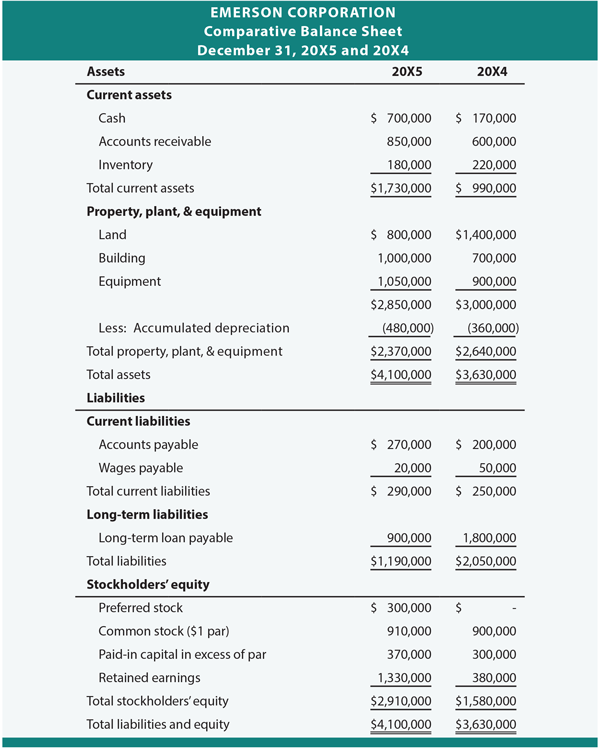Dividend distribution negative retained earnings
When a corporation makes a net profit, it may place that amount in a retained earnings account or pay its stockholders dividends. The retained earnings balance may increase or decrease depending upon several factors.
A net loss reduces retained earnings, as does a dividend payment. Most companies will not declare a cash dividend in excess of retained earnings. It is possible for companies to declare stock dividends in excess of retained earnings, even though they may not be paid until the retained earnings balance is adequate. Retained earnings is the commercial equivalent of a consumer savings account.
As a company earns profit, it must decide to either save the excess money, reinvest it in its operations, or return it to its investors. Companies can also use a positive retained earnings balance to cover net losses. During a fiscal quarter or year, a company may experience an income shortage, which it covers with the excess earned from previous accounting periods.
The Impact of Negative Retained Earnings | sotoyege.web.fc2.com
A net loss that occurs when the retained earnings balance is zero or negative results in larger negative balance. Dividends are income payments made to common and preferred stockholders. Some investors choose to invest in securities that have a history of regular dividend payments.
The Net of Tax Effect on Retained Earnings | sotoyege.web.fc2.com
Rather than waiting for a potential return on the future sale of the stock, investors realize a secondary source of income. Dividend payments are in addition to any capital gains an investor may eventually realize on the sale of the stock.
They are similar to the interest payments that a bond accumulates prior to its maturity date. Companies issue cash dividends when its board of directors declares a payment. Some firms do this periodically or regularly, depending upon their stock's dividend policy. Other companies will rarely declare a cash dividend. All dividend amounts are paid per share and the total amount does not usually exceed the company's current retained earnings balance.
If the amount of outstanding stock is 25, shares, the dividend would equal. Firms may choose to declare dividends in the form of new stock.
If the value of the stock exceeds the retained earnings balance, the stock is usually not issued until the balance is large enough to cover it. When stock dividends are declared, preferred stock takes preference over common stock. Can Dividends Be Paid in Excess of Retained Earnings? The Effect of Share Issuance on Retained Earnings How to Calculate a Payment Dividend on Balance Sheets Disadvantages of a Cash Dividend Dividend Payment Factors.

Purpose of Retained Earnings Retained earnings is the commercial equivalent of a consumer savings account. Dividends Dividends are income payments made to common and preferred stockholders. Cash Dividends Companies issue cash dividends when its board of directors declares a payment.
Stock Dividends Firms may choose to declare dividends in the form of new stock. References 3 Accounting Coach: Stockholders' Equity New York University: Dividend Policy Business Accounting Guides: What Are Retained Earnings?
Popular Articles Disadvantages of a Cash Dividend Dividend Payment Factors Substitute Payment in Lieu of Dividends What Is the Effect of a Stock Dividend Declared and Issued Vs.
Accumulated Deficit vs. Retained Earnings | sotoyege.web.fc2.com
More Articles Does a Dividend Policy Affect the Stock Price? Why Does the Value of a Share of Stock Depend on Dividends? How to Find Payable Common Stock Dividends How to Close a Dividend Account. Copyright Leaf Group Ltd.